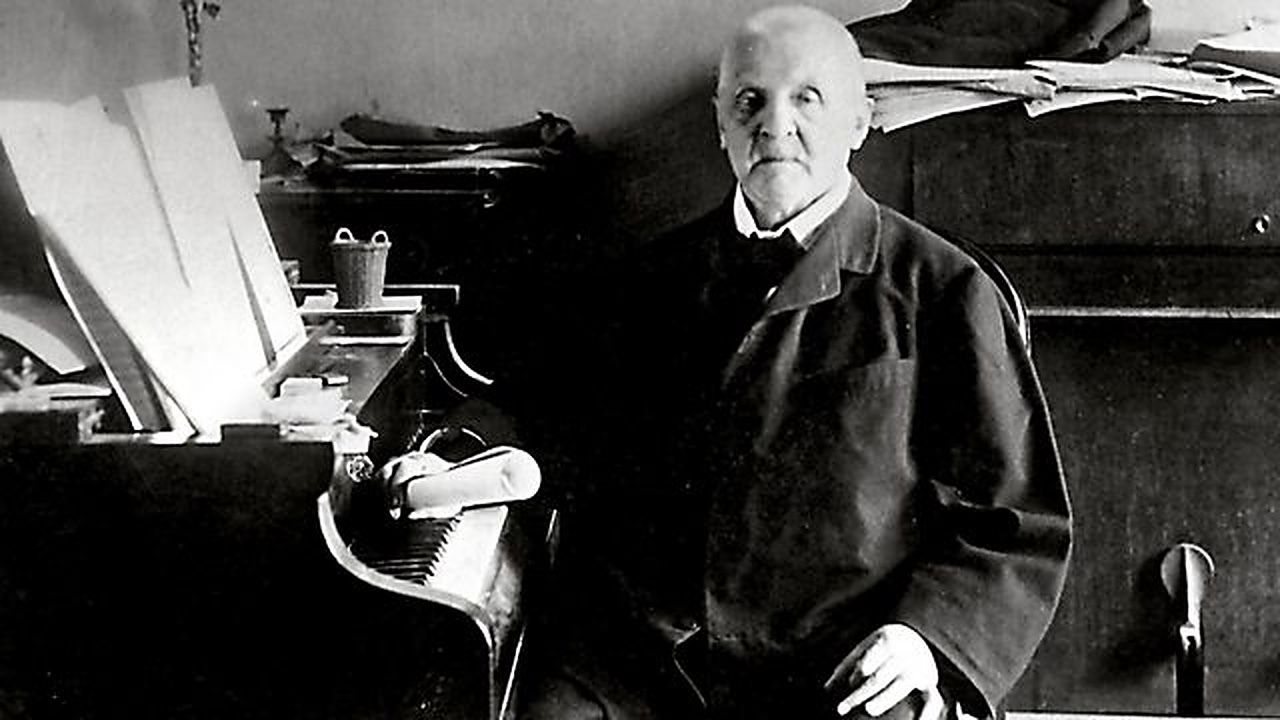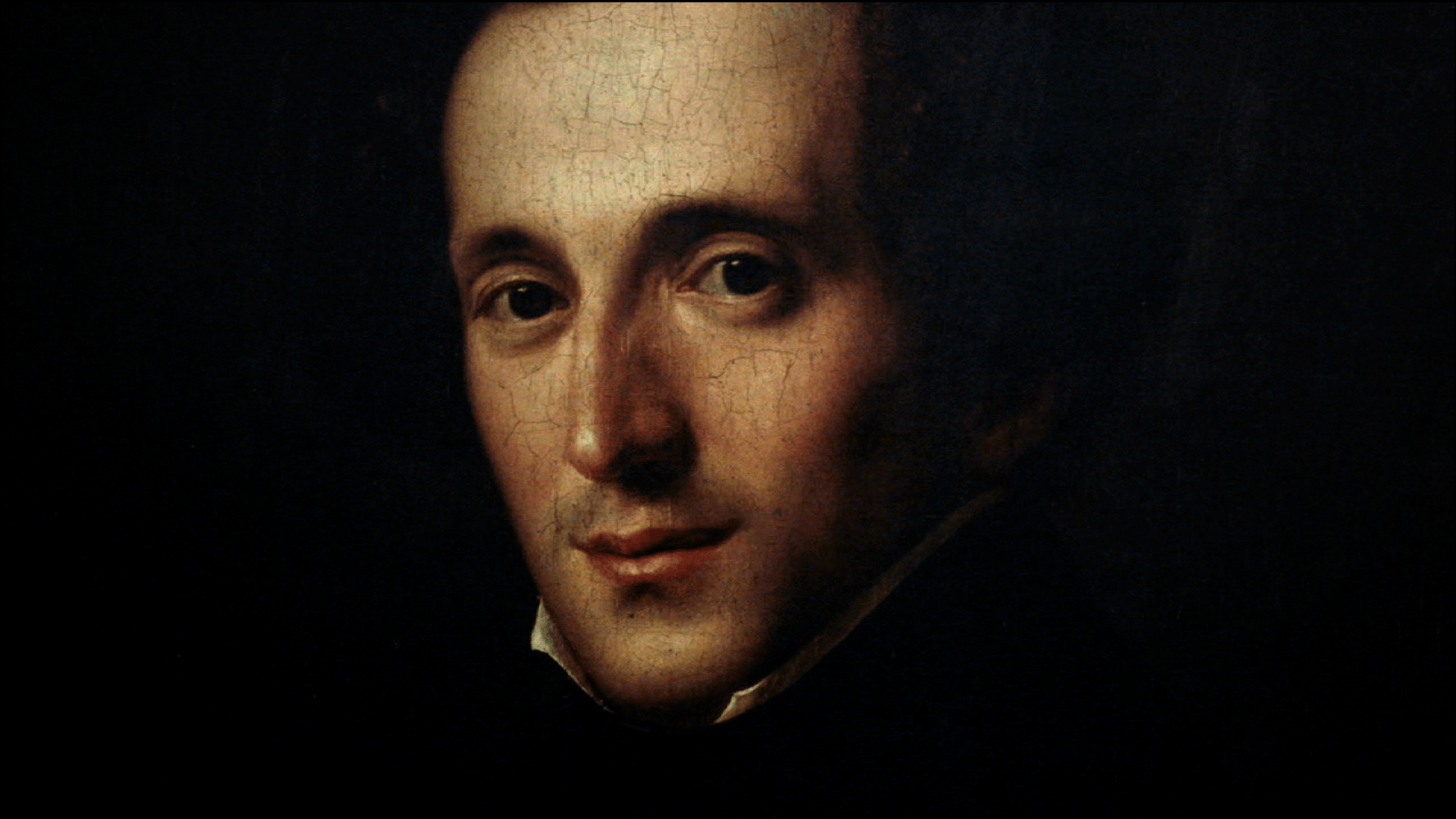Bruckner’s Third Symphony: Vindicated by Time
The premiere of Anton Bruckner’s Symphony No. 3 in D minor stands as one of music history’s most infamous disasters. The performance took place in Vienna on December 16, 1877. It was to have been conducted by Johann Herbeck, an Austrian maestro who had led the posthumous premiere of Schubert’s “Unfinished” Symphony in 1865. But Herbeck died suddenly, and Bruckner—an accomplished organist and choral director but an inexperienced orchestral conductor—decided to take …






